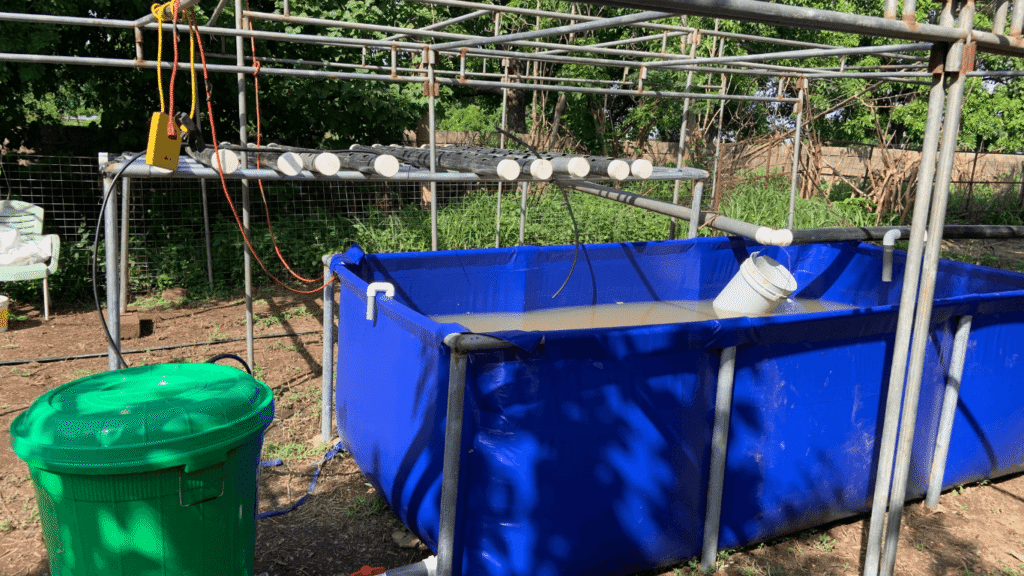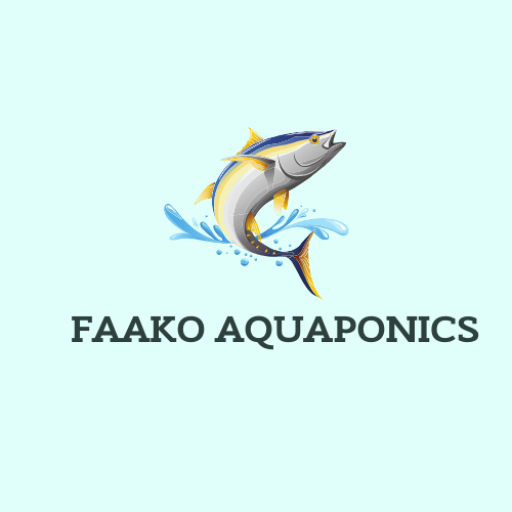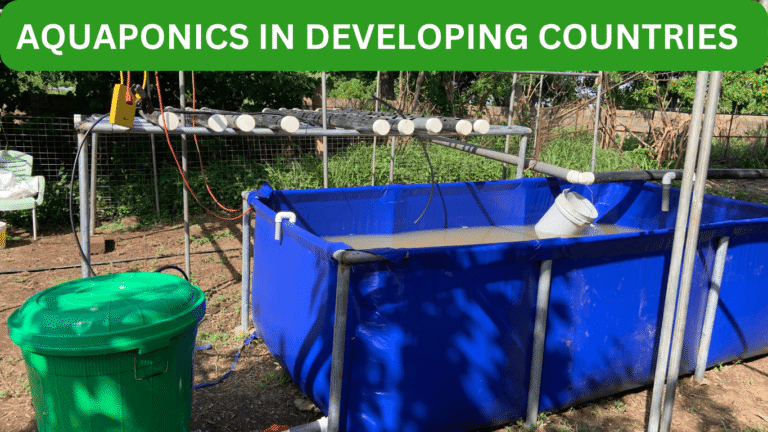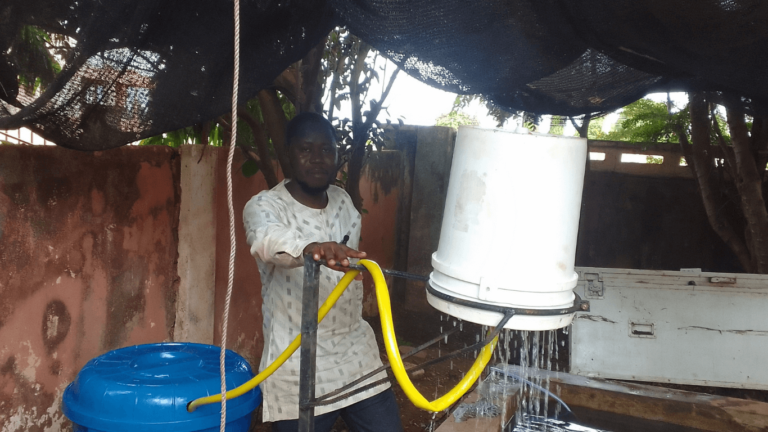In today’s world, where climate change, population growth, and environmental degradation threaten food systems, sustainable agriculture is more essential than ever. One innovative solution that is changing lives across the globe is aquaponics — the integration of fish farming (aquaculture) with plant cultivation (hydroponics) in a circular ecosystem.
Here in Northern Ghana, where rainfall is erratic and soil quality is poor in many rural communities, aquaponics offers a lifeline: a low-input, high-output farming method that conserves water, produces both fish and vegetables, and supports year-round production.
This week, Faako Aquaponics officially launched a strategic partnership with Team Expansion – Savannah Region, a grassroots organization promoting sustainable farming among rural communities. Together, we are not just building systems — we are building capacity, resilience, and livelihoods.
The Partnership: A Mission to Uplift Rural Communities
Team Expansion, a global faith organization with a strong presence in the Savannah Region of Ghana, has been instrumental in empowering farmers with organic farming techniques and best practices. They are active across the Savannah, Northern, and Upper West Regions, and have built a strong reputation for their on-ground impact in rural agricultural development.
Realizing the potential of aquaponics to solve multiple challenges at once — including water scarcity, poor soil, lack of fertilizer, and limited access to modern knowledge — they reached out to us at Faako Aquaponics to help initiate a pioneering project. The goal is simple but powerful: train their local staff at Buipe, install a working demonstration system, and prepare the team to replicate it in rural farming communities.
Their long-term vision is to see aquaponics systems deployed across schools, communities, and small farms throughout northern Ghana. Faako Aquaponics is honored to be the training and technical partner for this mission.
The Training Begins: Theory + Practice
The training officially began on June 17, 2025, at Team Expansion’s base in Buipe. The first day was dedicated to theory-based training, introducing the trainees and their supporting team to the foundational knowledge of:
Tilapia Farming Basics
- Fish Farming: Raising fish in a controlled and confined environment.
- Stocking Density: Explained the balance between the number of fish and water volume. For our system, we aim for 10–20 tilapia per 1,000 liters, considering we use filtration and aeration (RAS).
- Feeding Regimen: We taught feeding frequency (2–3x daily), feed type (28–35% protein for juveniles), and portion control to avoid waste.
- Growth Stages: From fry → fingerling → juvenile → market size (250–600g in 4–6 months).
- Health & Biosecurity: Discussed signs of disease, importance of water hygiene, and tools not to share between ponds.
RAS (Recirculating Aquaculture System)
- We explained mechanical and biofiltration, water cycling, and aeration using air pumps.
- The system ensures minimal water change, saving resources and improving water quality.

Tarpaulin Fish Pond With RAS and Grow Bed
Introduction to Aquaponics
- What is Aquaponics: Combining fish waste with plant growth to create a symbiotic system.
- The Nitrogen Cycle: Ammonia from fish waste → Nitrite → Nitrate → Plant food.
- Water Testing: Importance of pH (6.5–7.5), DO (≥ 5mg/L), Ammonia (<0.05mg/L), Temperature (25–30°C).
- Benefits: Dual output (fish + vegetables), water savings, no soil needed, pesticide-free.
The trainees were excited and grasped the concepts well, actively engaging with the materials and asking thoughtful questions.
System Construction: 500-Capacity Tilapia Pond + RAS
After theory, we moved to hands-on setup. On June 17, we constructed a 500-capacity tarpaulin tilapia pond, complete with a 3-stage RAS filtration system, including:
- Sedimentation Tank: To trap solid waste
- Mechanical Filter: Using rope and cloth mesh to screen particles
- Aeration System: We used a submersible pump for the aeration
- Pump System: A submersible pump for recirculating water
By evening, the fish tank was filled, the plumbing installed, and the filter chambers functioning. The system was ready to start cycling.
Building the Aquaponics System
On Day 2, we turned our attention to the NFT aquaponics grow bed system. We had learned from past setups that running water through one continuous pipe can cause overflow and uneven flow, especially when it gets clogged or back-pressured.
Our Improved NFT Design:
- 3” PVC Pipes: With 10 Inches spacing between holes (accommodates lettuce, spinach, tomatoes)
- Parallel Water Supply Lines: Each grow pipe has its own small feed line from the pump
- Open-Ended Drainage: Water flows freely out of each pipe’s end (no elbow), into a collection pipe below
- 3” Collection Pipe: Placed below to receive water from all NFT pipes and send it back to the fish pond
This design ensures that:
- No pipe floods
- Flow is even
- System is easy to clean
- You can isolate one pipe without affecting the others
We mounted the pipes on a simple wooden frame, slightly sloped, and tested flow with water. It worked perfectly.
Crop Planning and Planting
We are experimenting with a variety of crops:
- Lettuce & Spinach: Fast-growing, shallow-rooted, suitable for NFT
- Tomatoes & Green Pepper: Require staking and more space, but show strong promise in aquaponics
- Herbs (basil, mint): Ideal for low-maintenance, high-value produce
Universal Plant Spacing
This spacing balances airflow, light access, and nutrient absorption. Tomatoes may skip holes for more space, while lettuce uses every hole.
Monitoring & Next Steps
I will be supervising and coaching the Team Expansion staff weekly through their first production cycle until September 2025. This includes:
- Water testing
- Adjusting feed and aeration
- Disease observation
- Plant pruning and replanting
- Data collection and harvest planning
We will also host visiting farmers and community groups to demonstrate how aquaponics works in real-time.
Impact: Why Aquaponics Matters
Solves Water Scarcity: NFT and RAS use up to 90% less water than traditional farming.
Generates Dual Harvests: One system produces both protein (tilapia) and vegetables, increasing food security.
Adaptable for Small Spaces: Great for communities with little land or poor soil.
Creates Jobs & Skills: Trains young people in sustainable farming and entrepreneurship.
Encourages Data-Driven Farming: Farmers learn to use test kits, logbooks, and monitor growth scientifically.
A YouTube video is released on our channel Faako Aquaponics. Subscribe to more educational videos.
Appreciation to Team Expansion
We are grateful to Team Expansion Savannah for their hospitality, vision, and commitment to transforming agriculture in Ghana. They provided food, accommodation, and all necessary support.
More importantly, they believed in empowering communities with knowledge — not handouts. This makes them a perfect partner for Faako Aquaponics.
What’s Next? Scaling the Model
This pilot project is just the beginning. With proper documentation, we plan to:
- Train more rural trainers
- Deploy mini-systems across schools and farming groups
- Offer community workshops on RAS + aquaponics
If you are part of an NGO, school, farmer group, or institution interested in replicating this model, reach out now.
Let’s Connect
Do you want to learn, partner, or build your own aquaponics system?
Email: faakoaquaponics@gmail.com
Website: https://faakoaquaponics.com
Store: https://faakoauaponics.com




